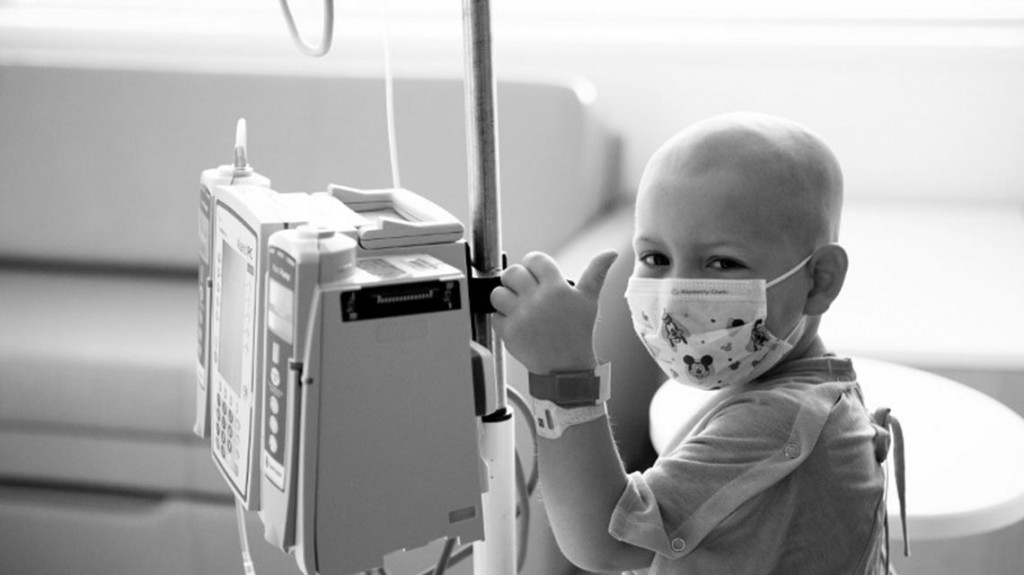How to Identify and Treat Blood Clots in Pediatric Patients With Cancer
How to Identify and Treat Blood Clots in Pediatric Patients With Cancer https://pediatricsnationwide.org/wp-content/uploads/2018/04/062012bs478-1024x575-1.jpg 1024 575 Mary Bates, PhD Mary Bates, PhD https://secure.gravatar.com/avatar/c6233ca2b7754ab7c4c820e14eb518c8?s=96&d=mm&r=g- April 02, 2018
- Mary Bates, PhD

New guidelines will help doctors recognize and treat children at risk of venous thromboembolism.
Prevention of blood clots is well described in adult cancer patients, but data on the problem in pediatric cancer patients is limited. In a new publication initiated at the request of the International Society of Thrombosis and Hemostasis, researchers provide guidance for identifying children most at risk of venous thromboembolism and choosing the best preventative treatment.
When it comes to determining which pediatric cancer patients are most at risk of cancer-associated blood clots, it’s up to physicians to evaluate the specific combinations of risk factors for each patient.
Risk factors include patient age, with adolescents and young adults at higher risk of venous thromboembolism, and the use of central venous catheters. Certain cancers, such as leukemia, are associated with higher rates of venous thromboembolism than others. Some chemotherapy agents, notably aspariginase, are also known to be associated with higher clot risk.
“A lot of it is going to be a clinical gestalt of the patient,” says Brian Tullius, MD, a Pediatric Hematology/Oncology fellow at Nationwide Children’s Hospital and one of the paper’s authors. “We recommend an individualized risk assessment be performed on every patient that you care for as an oncologist.”
If a physician determines that prophylactic treatment is necessary, Dr. Tullius and his colleagues recommend using low-molecular-weight heparins. These medications are already in use for both clot prevention and treatment in pediatric cancer patients. They have been shown to be safe, easy to use, reliable and effective in children.
“The first and foremost thing we’re hoping for from this paper is more research,” says Dr. Tullius. “More dedicated pediatric research will help us come up with better evidence-based guidelines for who exactly needs prophylaxis.”
One issue is that both cancer and clotting are rare in the pediatric population. “We really leave it up to clinical judgment because the data doesn’t support hard and fast recommendations,” says Dr. Tullius.
Beyond encouraging more research, the authors also hope the publication of these guidelines raises awareness of the risk of venous thromboembolism in pediatric cancer patients. It can lead to medical complications, treatment delays and even death — risks better known and understood in adults than in children.
“If any kids receive preventative treatment because of these guidelines and their clots are stopped, that is the ultimate goal,” says Dr. Tullius. “We want to save children undergoing cancer treatment from having bad outcomes from clots.”
Reference:
Tullius BP, Athale U, van Omme CH, Chan AKC, Palumbo JS, Balagtas JMS, for the Subcommittee on Hemostasis and Malignancy and the Subcommittee on Pediatric/Neonatal Thrombosis and Hemostasis. The identification of at-risk patients and prevention of venous thromboembolism in pediatric cancer: Guidance from the SSC of the ISTH. Journal of Thrombosis and Haemostasis. 2018:16:175-180.
Photo credit: Nationwide Children’s
About the author
Mary a freelance science writer and blogger based in Boston. Her favorite topics include biology, psychology, neuroscience, ecology, and animal behavior. She has a BA in Biology-Psychology with a minor in English from Skidmore College in Saratoga Springs, NY, and a PhD from Brown University, where she researched bat echolocation and bullfrog chorusing.
-
Mary Bates, PhDhttps://pediatricsnationwide.org/author/mary-bates-phd/December 27, 2016
-
Mary Bates, PhDhttps://pediatricsnationwide.org/author/mary-bates-phd/
-
Mary Bates, PhDhttps://pediatricsnationwide.org/author/mary-bates-phd/
-
Mary Bates, PhDhttps://pediatricsnationwide.org/author/mary-bates-phd/
- Post Tags:
- Hematology/Oncology/BMT
- Posted In:
- Features






